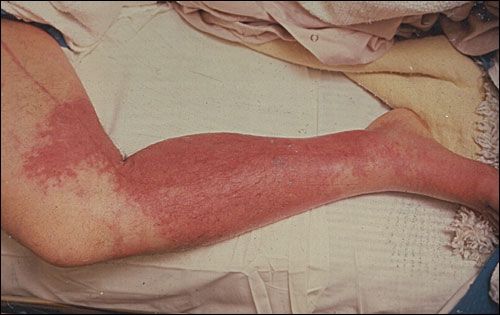What is Cellulite ? The technical name of this condition is Lipodystrophy Ginaide. It is a change caused by the accumulation of fat,water and some toxins in the cells, that causes them to swell and harden.It is possible to say that about 98% of women at some point in their lives had to live with Cellulite.It is an adversity that, is prone to appear in phases where there is hormonal change, such as puberty, during the use of birth control pills and during pregnancy.
The levels of Cellulite
Grade 1: is almost imperceptible. It is only noticeable if the skin is pinched or contracted.
Grade 2: becomes more apparent. Some small ripples appear.
Grade 3: In addition to visible, the irregularities get sore if they are tightened.
Grade 4: these are the most advanced cases. The skin becomes orange peel.
What Causes The Fissures
- Salt, fat and sugar in excess
- Low water consumption
- Cigarette
- Very high heels
- Tight clothes
- Contraceptive pill
Other factors that influence the amount of cellulite you have and how it is visible include:
- Bad eating habits
- High fat diet
- Slow metabolism
- Sedentary lifestyle
- Hormonal changes
- Dehydration
- Total body fat
- Thickness and color of your skin, with cellulite tending to be less visible on darker skin.
Possible Causes Of Cellulite
Infectious cellulitis occurs when Staphylococcus or Streptococcus bacteria can penetrate the skin. Therefore, this type of infection is more common in people with surgical wounds or cuts and stings that have not been properly treated.
In addition, people with skin problems that can cause cuts, such as eczema, dermatitis or ringworms, are also at increased risk of developing a case of infectious cellulitis, as well as people with weakened immune systems or diabetes.
How Is The Cellulite Treatment done?
Treatment for infectious cellulitis is usually started with the use of oral antibiotics such as Amoxicillin or Cephalexin for 10 to 21 days. During this time it is advised to take all the tablets at the time indicated by the dermatologist, as well as observe the evolution of the redness in the skin. If the redness increases or another symptom gets worse, it is very important to return to the hospital, as the prescribed antibiotic may not be having the expected effect, needing to be changed.
In addition, your doctor may prescribe analgesics, such as Paracetamol or Dipirone, to relieve symptoms during treatment.
Symptoms usually get better within 10 days of the start of antibiotics, but if the symptoms worsen it may be necessary to change the antibiotic or stay in the hospital to do the treatment directly into the vein and prevent the infection from spreading throughout the body.

